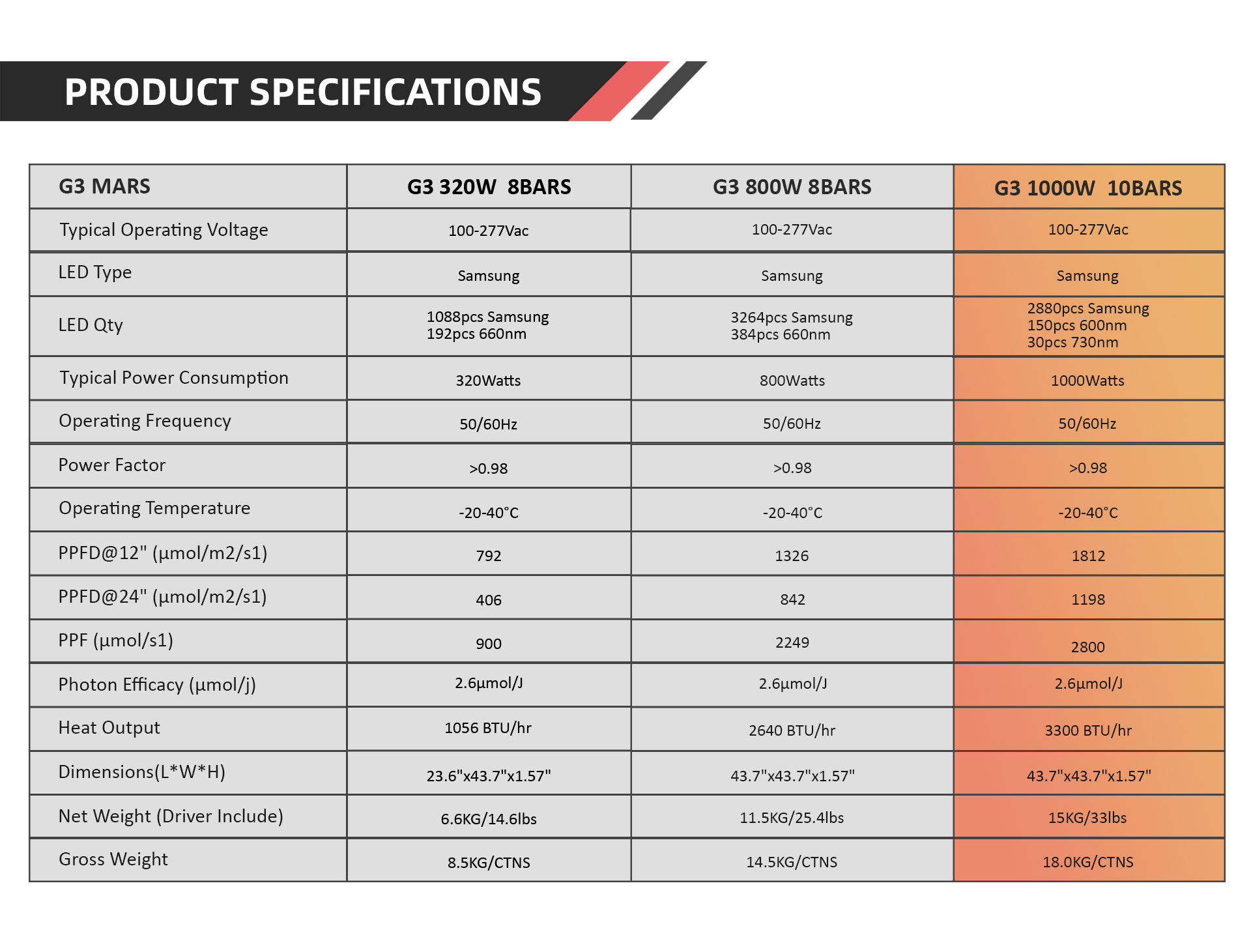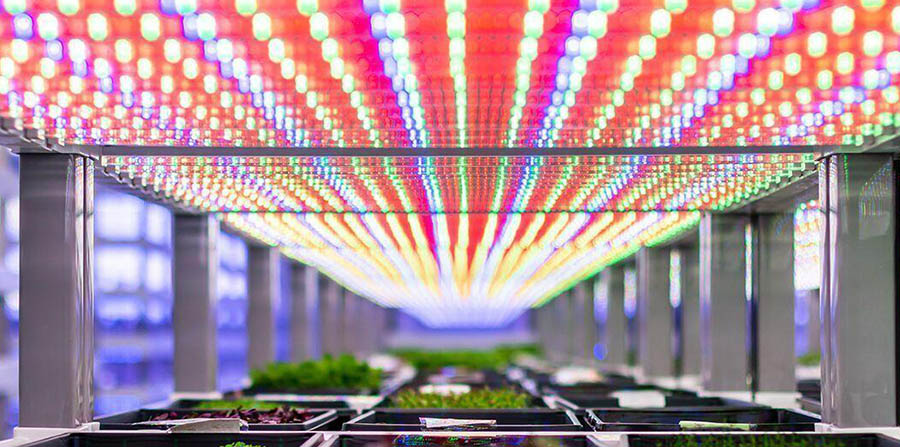Optimizing Your Grow Room with LED Grow Lights
Author: MarsGrow
Release time: 2024-04-30 08:55:17
View number: 156
Planting lights Optimizing your growing room mainly involves choosing the right LED plant growing lights and adjusting the lighting parameters according to the type and growth stage of the plants. Here are some suggestions on how to optimize your growing room based on the information I found:
Ensuring healthy plant growth and increasing yield are the main goals of the growing room. We need to choose the right LED growth lamp and adjust the lighting parameters according to the type and growth stage of the plant.
The LED Grow Light is one of the most powerful LED lights in the industry. It not only uses high-efficiency diodes, but also places them behind the auxiliary optical lens, which amplifies the light of the diode downward, achieving unparalleled ceiling penetration. This requires us to consider the hanging height above the canopy when finding the "sweet spot" of the lamp. For the G3 series, ensure that the correct light intensity is received and the coverage area is maximized.

In the early stages of using LED grow lights, new plants and clones may need to get used to. We recommend lowering the intensity to 50% for the first 3-4 days or hanging the light at 48" or higher. After that, we recommend lowering the light 4-6" every few days until the desired height is achieved .
It is important to note that if you have exceeded the minimum plant distance, this will usually manifest as a slight curling of the youngest leaves on the plant and/or slower overall growth. If either of these conditions occurs, simply raise the lights 4-6" and wait a few days. Within a day or so, you should see the plant return to strong, lush growth. If the plant looks Still feeling stressed, you can turn the lights off to the top of the recommended height and give the plants some time to adjust before trying to lower the lights again.
When growing with our lights, LED strongly recommends that you increase your growing temperature to 82-85 degrees. This will ensure that your plant’s stomata are functioning fully and also allow metabolic processes to continue, resulting in strong growth. Additionally, being able to run higher temperatures brings other additional benefits.
Grow Lights Optimizing your grow room mainly involves choosing the right LED grow lights and adjusting the lighting parameters based on the plant species and growth stage. For example, research shows that red and blue light are key spectra for promoting plant growth. In addition, green light and red light significantly promote the elongation of the stems of colored bell pepper seedlings, while blue light has a dwarfing effect on the seedlings.
Different plants have different light needs, so the light intensity and time need to be adjusted according to the specific needs of the plants. In addition, the flowering or fruiting growth phase of the plant can be triggered by changing the photoperiod.

Running higher temperatures also has the added benefit of increasing the availability of CO2. It has been observed that the plant's ability to absorb carbon dioxide, or assimilate it, increases rapidly as room temperature increases to 82-86 degrees, which is higher than the typical 72-78 degrees recommended for HID-lit grow rooms. Increased absorption has a huge impact on growth rate and fruit and flower size. So those CO2 tanks you've been using suddenly have a bigger impact on your output!
Using LED grow lights differs from using HPS lights in many ways. LED lights run cooler because they emit light simply by the movement of electrons in semiconductors, or what we commonly call LED chips. Because LED lights are highly efficient and run cool, they don't require much additional equipment to cool them. This also means energy is used more efficiently and less excess heat is produced.
In contrast, HPS lamps are produced by burning a mixture of xenon, mercury and sodium gases at extremely high temperatures. Much of the large amount of light emitted by these bulbs is wasted due to lower spectral absorptivity in certain areas, which have the highest energy output and only end up being converted into excess heat energy. This thermal energy is then absorbed by the plant, resulting in unusable photons, which are then converted into high surface temperatures on the plant leaves.
Because the leaf surface temperature in an LED-lit room is on average 12 degrees lower than in an HPS-lit room, transpiration will slow down, resulting in slower root absorption, which in turn affects growth rate. Therefore, we strongly recommend increasing the growing temperature to 82-85 degrees when growing with our lights.
Overall, choosing the right LED grow light, adjusting lighting parameters based on plant species and growth stage, and running higher temperatures to increase CO2 availability are all keys to optimizing your grow room. Hope this information is helpful!

.jpg)